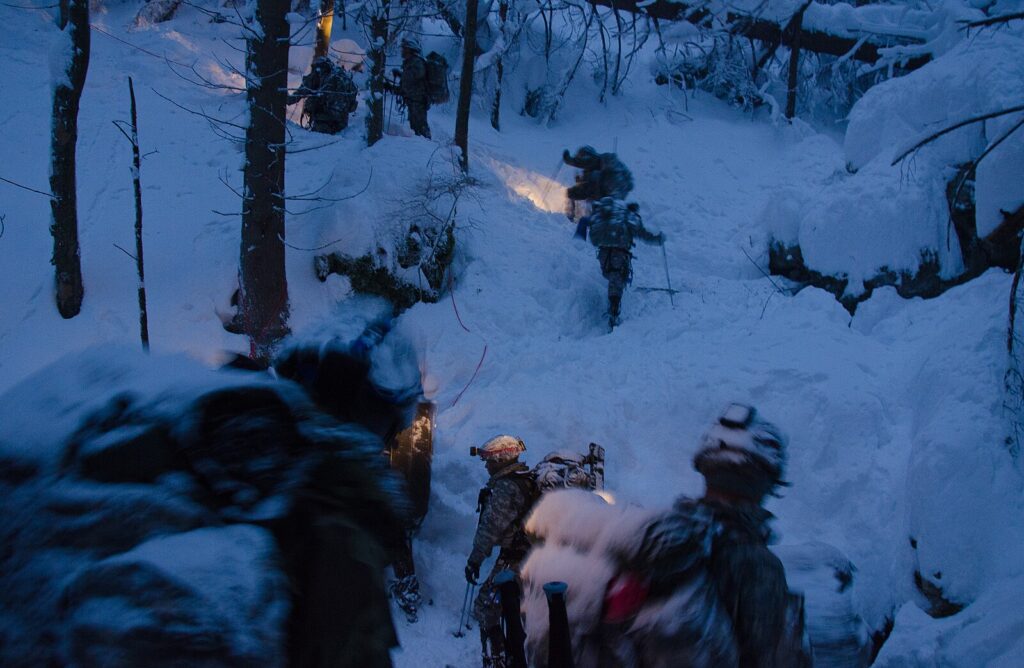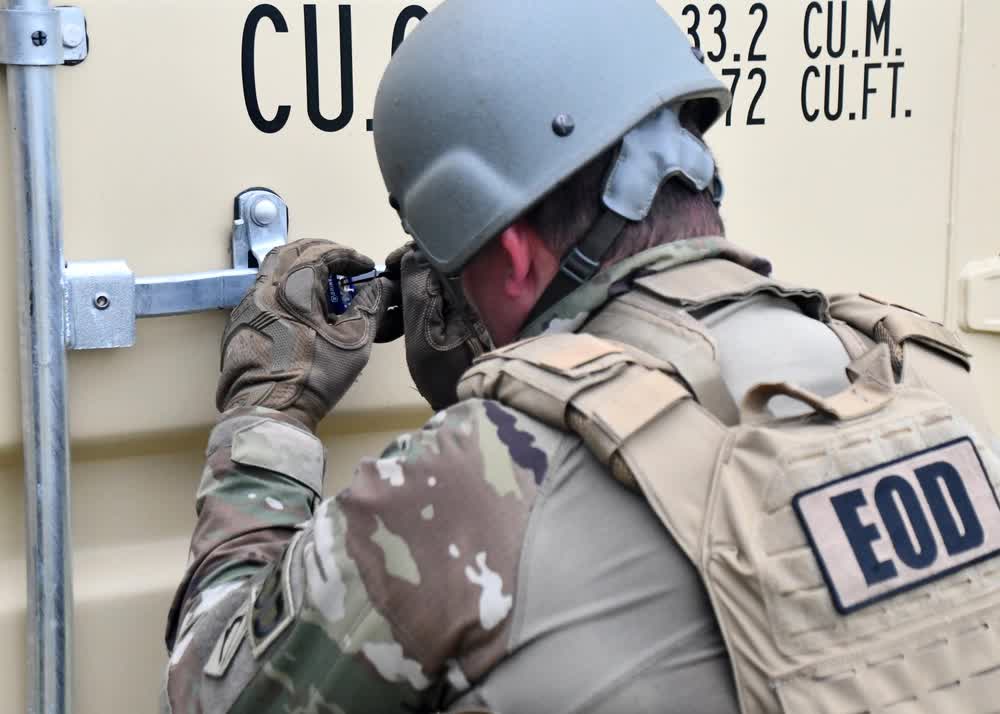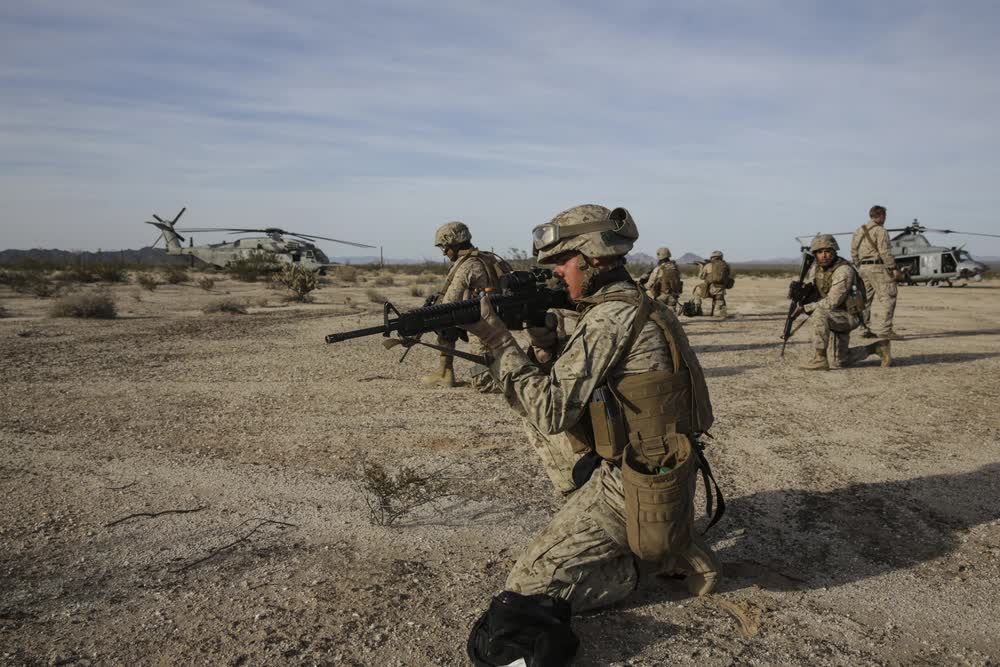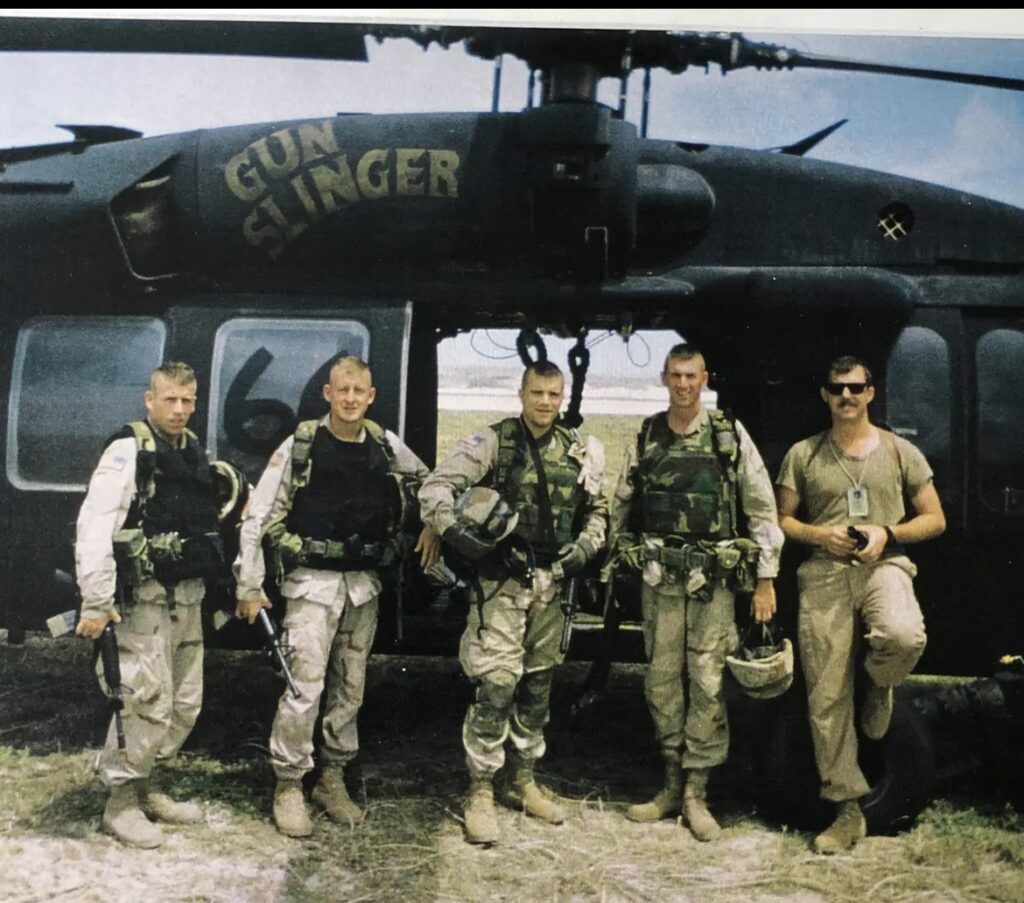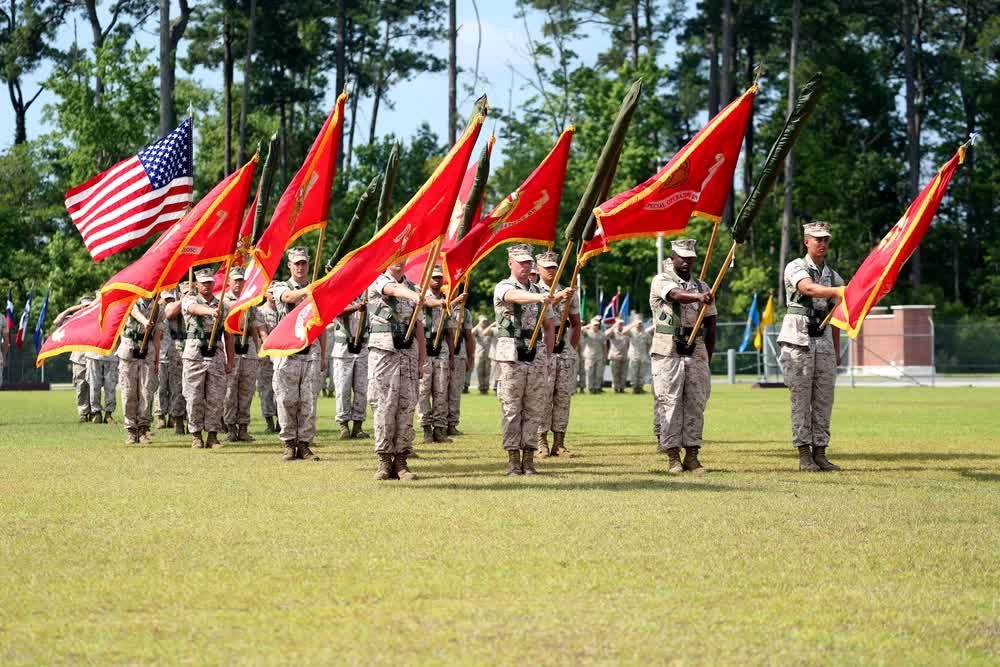If you have ever seen that video of a Slovenian mountain warfare specialist displaying his gear load out for mountain warfare training, you might think to yourself, “Well that doesn’t look like it would be too much weight to trek around on your back up and down the Alps.” And you would be right. The guy has about 25 pounds of equipment in his pack, which includes some carabiners, a rope, a lightweight helmet, one extra set of clothes, a first aid kit, and a few other items.
Conversely, if you have ever seen the winter warfare load out of a Navy SEAL in a winter warfare platoon, you would definitely think to yourself, “Well, that looks pretty dang heavy to take on your back up and down the Alps.” Again, dear reader, you would be right. The SEAL’s rucksack is going to include extra bullets, food, water, a sleeping bag and bivouac sack, radio batteries, more bullets, some spare parts for radios and weapons, and a whole bunch of other stuff that weighs about 90 pounds in total.
While this might appear to be nothing more than a humorous juxtaposition of two differing styles of loading out for war in the mountains, I assure you that to one who lived this juxtaposition during a stint of training with the Slovenian mountain warfare school, it was no laughing matter. (OK, it was probably a laughing matter, but more in hindsight than in the moment.)
So, there I was: a young SEAL ensign in a winter warfare platoon deployed to Special Operations Command – Europe. Part of our deployment included a short training course (maybe 10 days) in a Slovenian mountain warfare school with members of the Slovenian military. To set the stage, the Slovenes are masters of mountain warfare, much in the same way that the Finnish are masters of winter warfare. Both owe their expertise to the fate of geography and the necessity of defending themselves in harsh terrain. One need only look at the fighting in the Julian Alps during World War I to understand Slovenian mountain warfare capabilities (in that case, against the Italians).
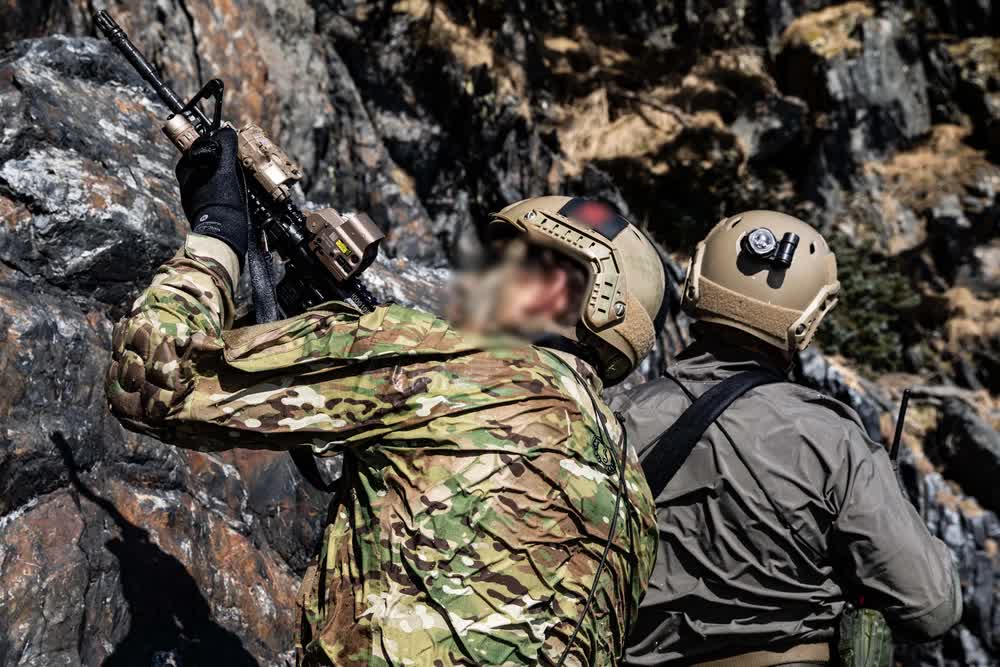
My SEAL platoon, on the other hand, was based in the ultra lowlands of eastern Virginia, in the region known as Tidewater. Not exactly mountainous terrain. I, myself, grew up at sea level in Florida. We had maybe one guy in the platoon who was from Colorado and knew the mountains well. And none of us in the SEAL teams at that time had much real-life mountain warfare experience beyond peacekeeping deployments to Kosovo in the late 1990s. (That would, of course, change in the mountains of Afghanistan in subsequent years). Suffice it to say, we were not the Slovenes when it came to our comfort level with winter warfare operations in the mountains.
Pretty early on, the cultural differences between ourselves and the Slovenes were evident. We saw ourselves as training to infiltrate into an alien mountainous terrain, where we would have to conduct operations and survive with only the gear we had hiked in. They saw themselves as very much at home in the mountains. They were not inserting into hostile, foreboding, and treacherous terrain, but rather, operating in familiar (and yes, still treacherous) environs. To paraphrase the villain Bane, “We merely adopted the mountains; they were born in them, moulded by them.”
They also ate cheese, cold cuts, and bread for breakfast, but that is neither here nor there.
On our first foray into the Julian Alps – the far eastern end of the Alpine mountain chain – the Slovenes decided to punish us with a rigorous 16-kilometer trek that went up, across, and down some of the peaks in the region. I have no idea what elevation change we covered, but the highest peak in the region is close to 10,000 feet. We, being SEALs, and self-proclaimed hardass snake eaters, decided we needed to do this trek with our full gear load out, or at least as close to it as we could get. Train like you fight, right?
Related: Cold winds and cloudy skies: Delta Force cold-weather operations
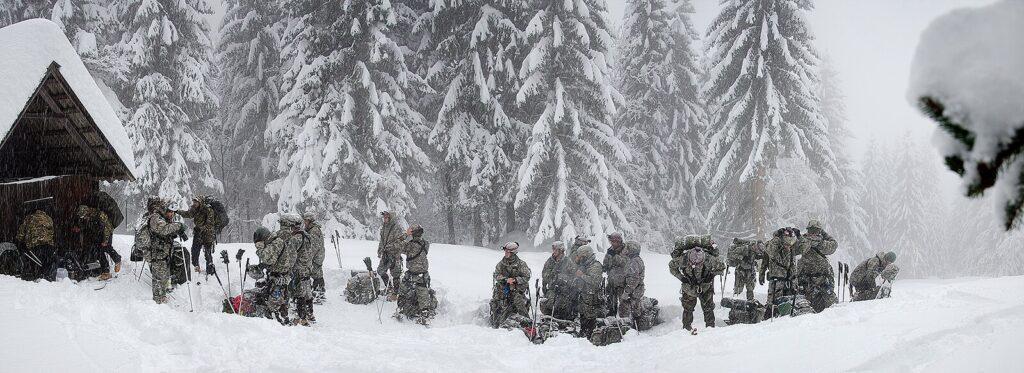
The Slovenes thought this idea was ill-advised, to put it mildly: “Just take some food, water, and some extra warm clothes,” they warned. To the surprise of no one, we ignored that advice, as we are stubborn. I think I personally had about 60 pounds in my ruck, which was on the light side of what we would carry in a winter warfare platoon. I was also 22 years old, and in fantastic shape. My platoon chief carried the same weight, and was in his late 30s at the time. He was the old man of the platoon, but also still in great shape.
What we were not in was mountaineering shape, at least not in the same way as the Slovenes. We knew that. They probably knew that, too. But we didn’t care. They didn’t much care either. As the old SEAL saying goes, “If you’re gonna be dumb, you gotta be hard.” I remember the trek as being extremely difficult, and it included a break in the middle to eat in this mountaintop Slovenian military structure – picture a large hut with a raging fire. My whole being just wanted to curl up in that hut and sleep for 10 hours, but instead, we had to finish the trek.
The last mile or so of that hike was down the side of a mountain, and as we neared the last 500 meters, we naturally broke into a fast jog given the steep downslope and our desire to be done with the trek. My platoon chief was not amused at that point, as his late 30s knees were aching, and he growled at us to slow down. I don’t think I could have if I had wanted to.
We finally finished the trek, and the Slovenes showed us some begrudging respect that we had made it the whole way, in good time, with our heavy packs. We equally begrudgingly admitted they were right to have packed light. Lessons were learned, and good times were had. We came to really enjoy the training, and the Slovenes were generous hosts and excellent trainers. All in all, it was an experience I still remember fondly some 20-plus years later. That weighed-down 16-kilometer hike still makes me shudder to think about, though.
Read more from Sandboxx News
- The Navy’s plan to keep its warships in the fight: Rearming at sea
- These elite Marines combine tradition with special operations innovations
- 31 years after Black Hawk Down, this Army Ranger receives his Silver Star
- Explaining the diverse mission set of MARSOC’s commandos
- The chain gun is an incredibly reliable and powerful weapon
